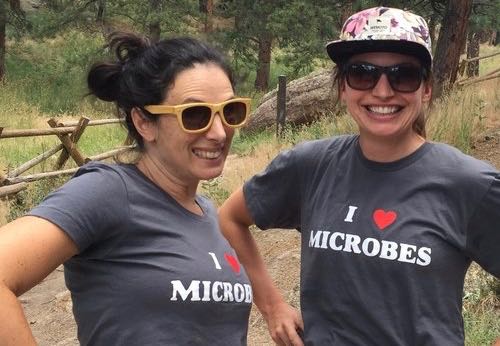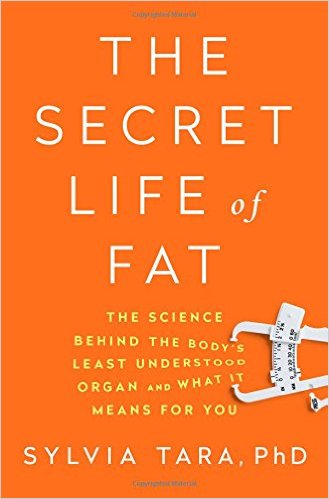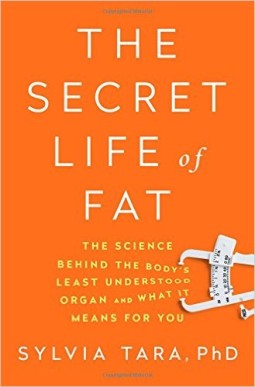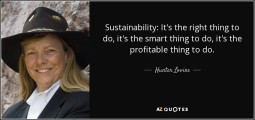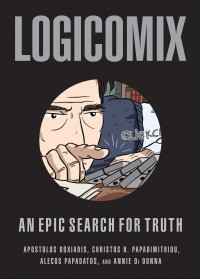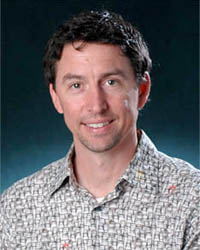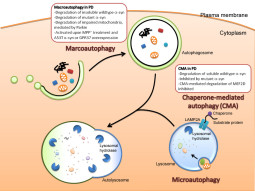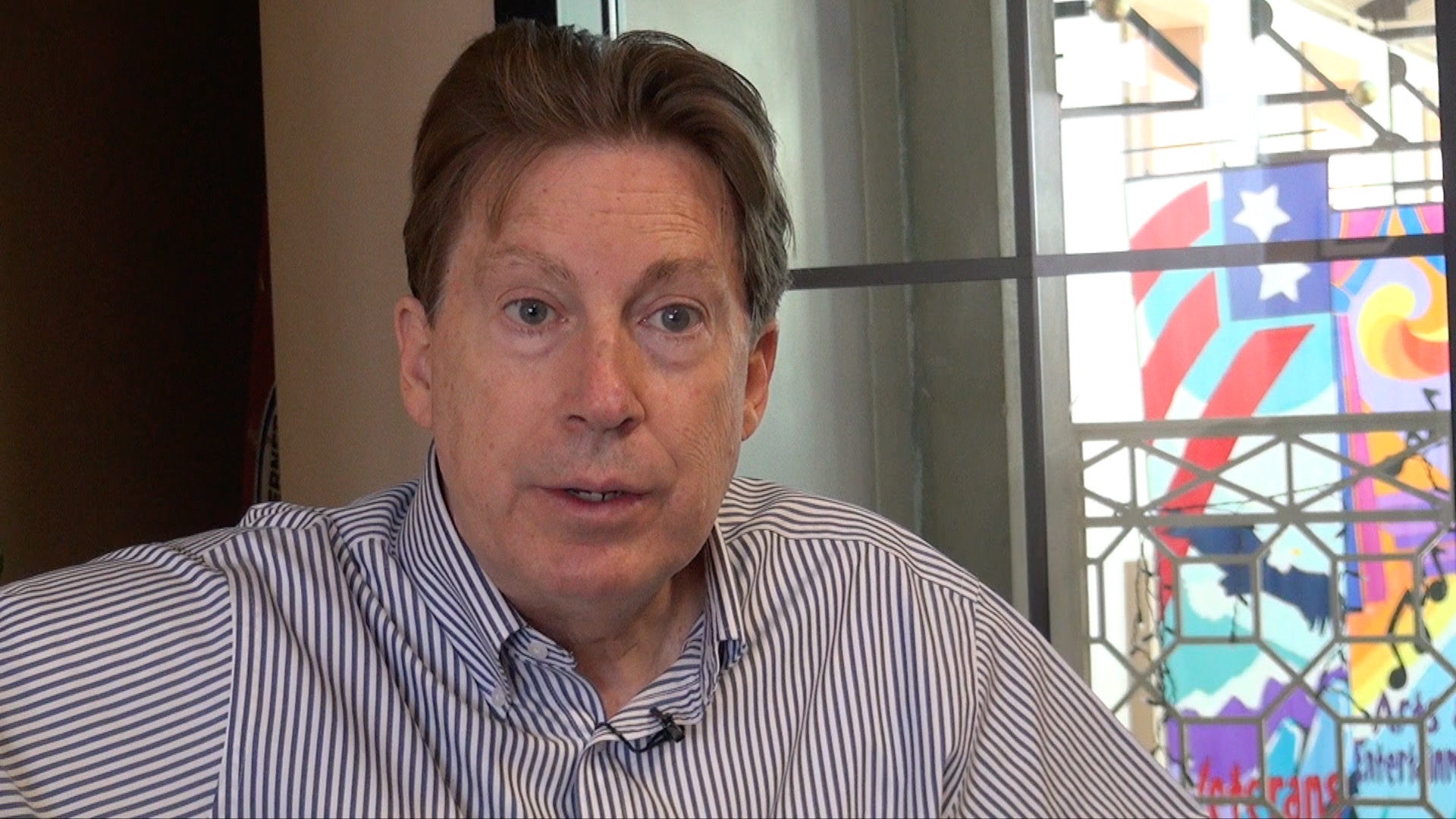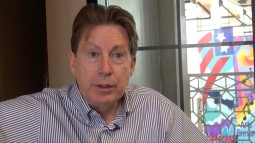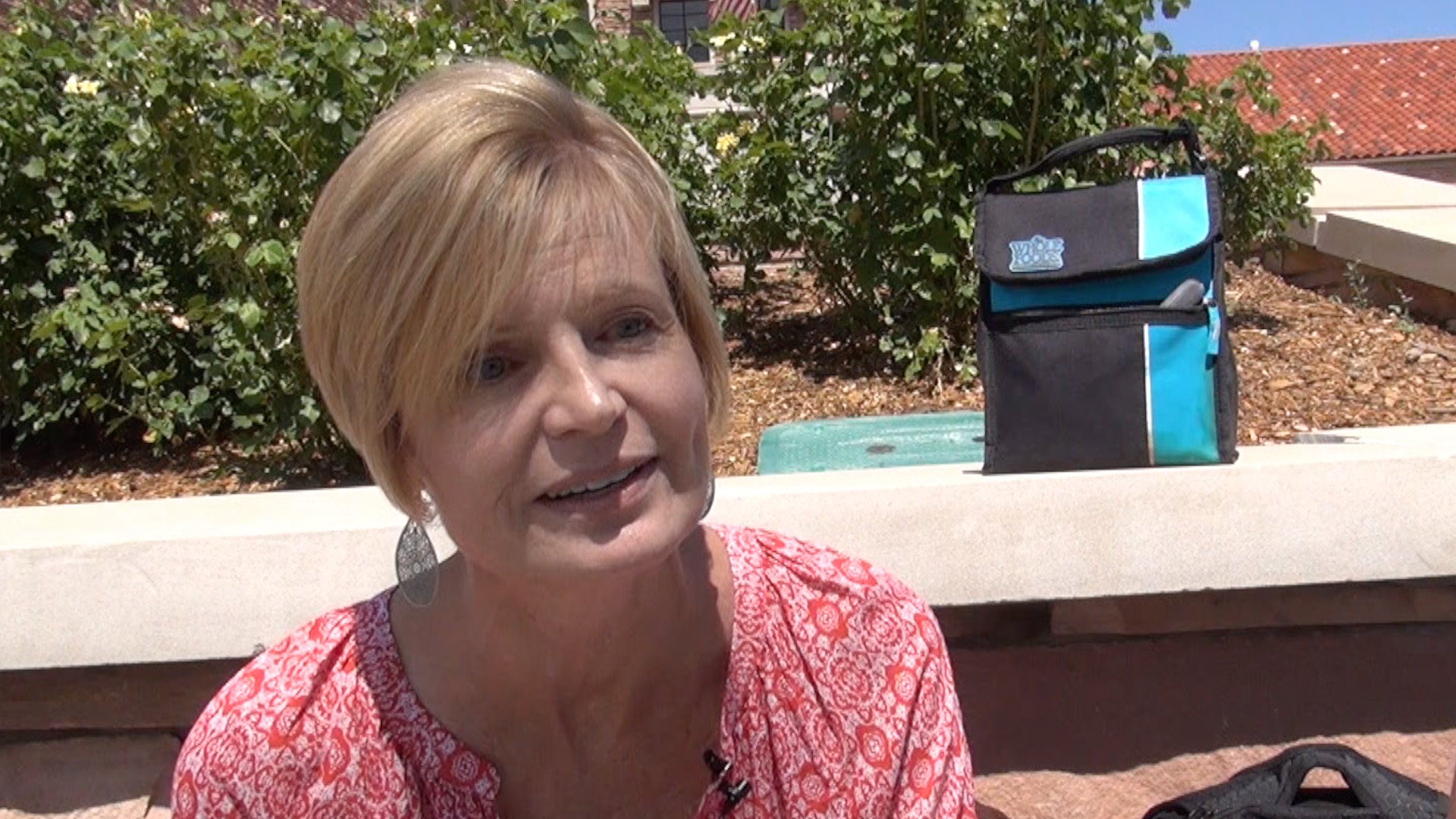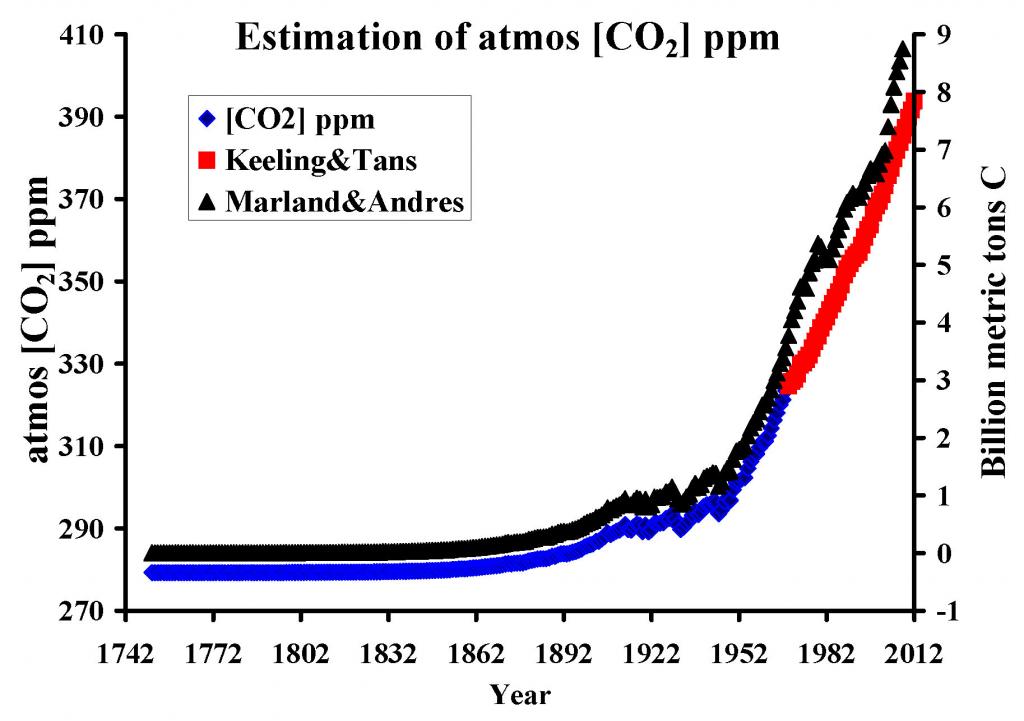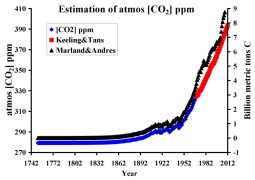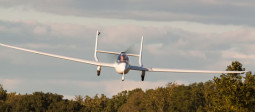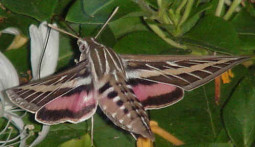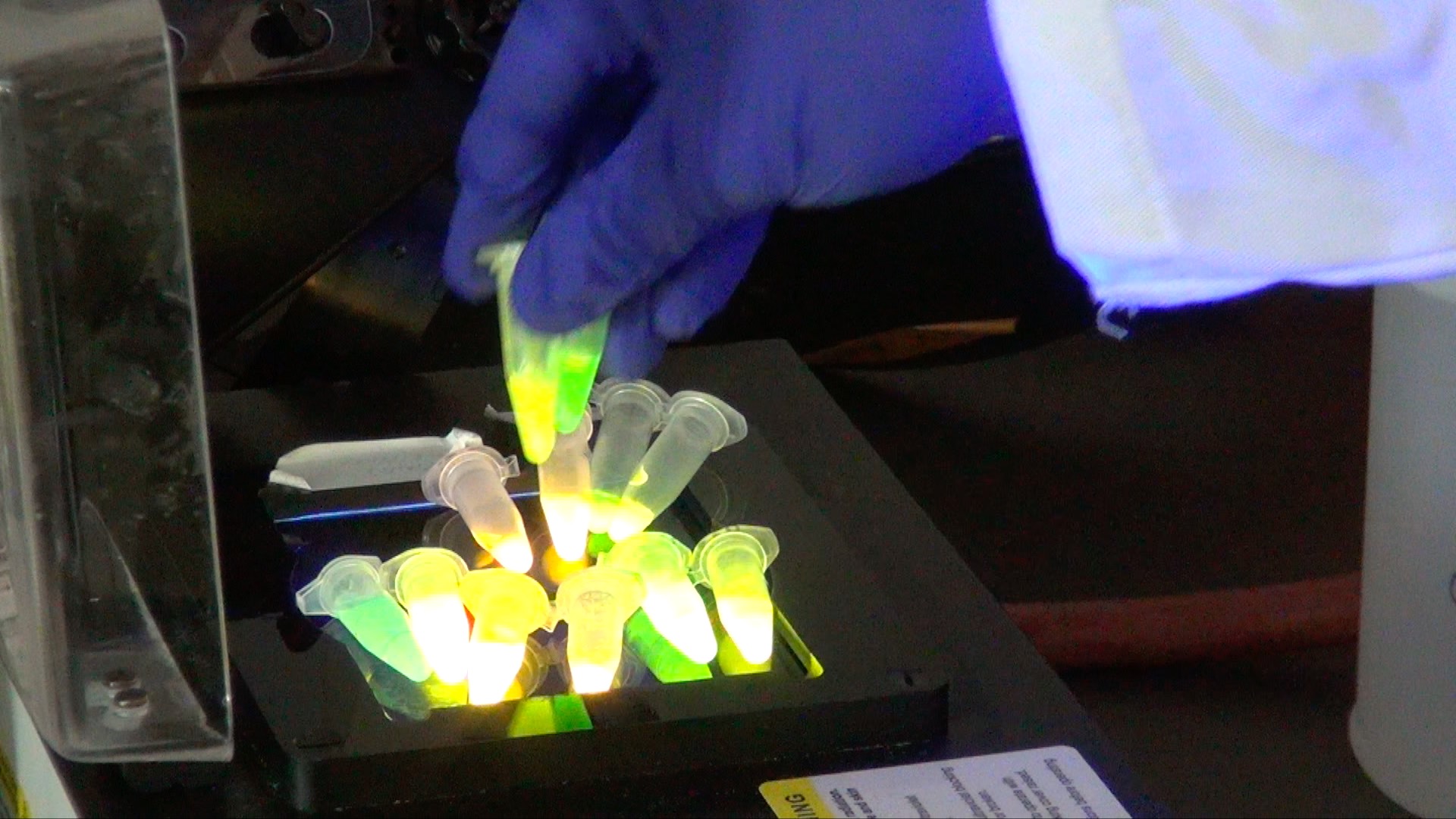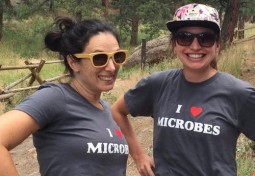
500 Women Scientists (starts 3:01) Ecologist Jane Zelikova explains how an acquaintance while at CU-Boulder led to an open letter she co-authored with Kelly Ramirez about science . . . and this ultimately launched an advocacy group. Over 19,000 women scientists have joined 500 Women Scientists. They have on line and also local community face-to-face discussions, and they plan to be part of Earth Day’s March for Science.
 Tracking Methane Leaks with Google Street View Cars (starts 10:00) Colorado State University biologist Joe Von Fischer is on a mission to reduce pollution from leaking natural gas lines and their potent greenhouse gas, methane. Partnering with the non-profit Environmental Defense Fund and Google Earth Outreach, his team uses Google Street View cars for a first-of-its-kind, comprehensive inventory of urban methane leaks to display on Methane Leak Maps. A New Jersey utility plans nearly $1 billion of leaky gas line upgrades guided in part by this CSU data.
Tracking Methane Leaks with Google Street View Cars (starts 10:00) Colorado State University biologist Joe Von Fischer is on a mission to reduce pollution from leaking natural gas lines and their potent greenhouse gas, methane. Partnering with the non-profit Environmental Defense Fund and Google Earth Outreach, his team uses Google Street View cars for a first-of-its-kind, comprehensive inventory of urban methane leaks to display on Methane Leak Maps. A New Jersey utility plans nearly $1 billion of leaky gas line upgrades guided in part by this CSU data.
Host/Producer/Engineer: Shelley Schlender
Additional contributions: Alejandro Soto & Susan Moran
Executive Producer:Susan Moran
Listen to the show:
Podcast: Play in new window | Download (Duration: 25:32 — 23.4MB)
Subscribe: RSS

